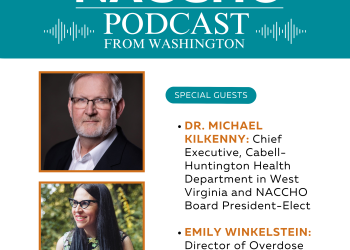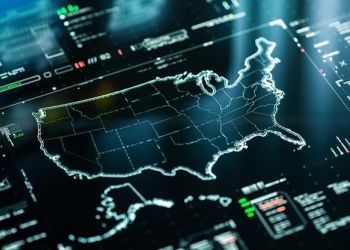Is it a random uptick in death and disease or is it a trend? This question haunts disease surveillance experts in state and local health departments around the world. Death and disease incidence rates rise and fall–they seldom get systematically smaller in every single time period. How to distinguish an epidemic from random fluctuation can be quite difficult. Sounding the alarm anytime there is an uptick would produce too many false alarms. Waiting too long could delay a response that could save lives. The art of spotting epidemics can depend on the condition, the setting, and the accuracy of reporting. In many cases there is no hard and fast statistical rule or consensus on when to declare that a condition is an epidemic.
In the past 15 years every state in the US has seen mortality upticks from drug-related deaths, alcohol, and suicide. Not every state responded to their local problems with these conditions at the same time. One of the problems is that mortality data come in after a 1-2 year delay. Another basic problem addressed is that data have both signal and noise and it can be difficult to tell the difference. Epidemics have political and financial consequences so when sounding an alarm, it is important to be timely and to be right.
This month a team led by Professor David Bishai from Johns Hopkins Bloomberg School of Public Health has started a project to crowdsource the identification of mortality uptrends in the U.S. Called “Spot The Epidemic,” the project is recruiting public health professionals to examine time trends in cause-specific death rates. The short 5-minute survey asks respondents to click on the point when they would alert local political leaders that there is a problem. The project will use the collected expert opinions to inform a machine-based rule for when to declare the start of an epidemic. The survey is anonymous and open to anyone who wants to help contribute to solving this fundamental dilemma in public health.
Interested? Take the survey now!


